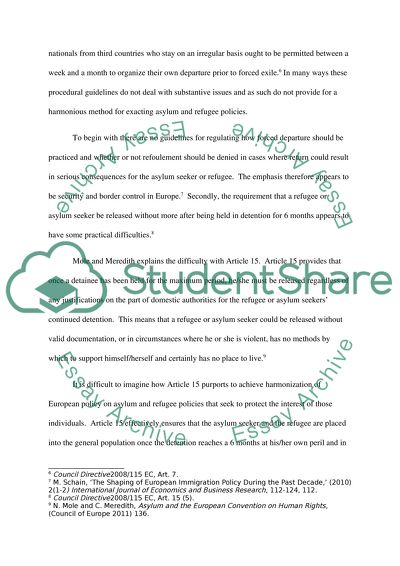Cite this document
(“For The Sake Of Harmonising Asylum And Refugee Policy In Europe Is The Essay”, n.d.)
Retrieved from https://studentshare.org/environmental-studies/1412903-for-the-sake-of-harmonising-asylum-and-refugee
Retrieved from https://studentshare.org/environmental-studies/1412903-for-the-sake-of-harmonising-asylum-and-refugee
(For The Sake Of Harmonising Asylum And Refugee Policy In Europe Is The Essay)
https://studentshare.org/environmental-studies/1412903-for-the-sake-of-harmonising-asylum-and-refugee.
https://studentshare.org/environmental-studies/1412903-for-the-sake-of-harmonising-asylum-and-refugee.
“For The Sake Of Harmonising Asylum And Refugee Policy In Europe Is The Essay”, n.d. https://studentshare.org/environmental-studies/1412903-for-the-sake-of-harmonising-asylum-and-refugee.


